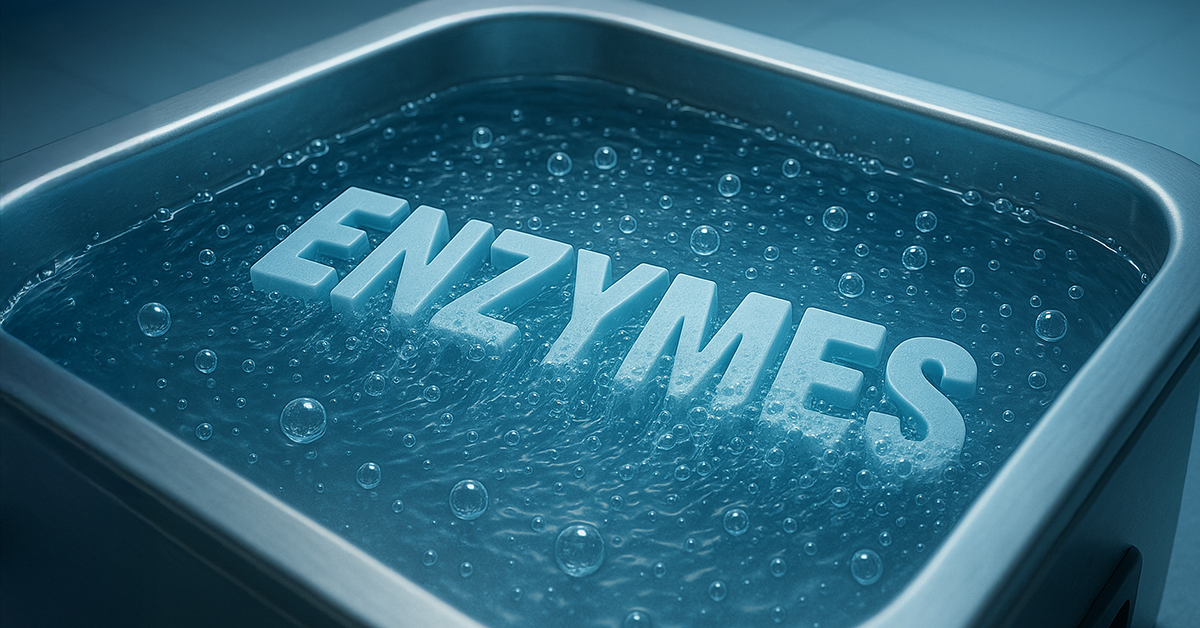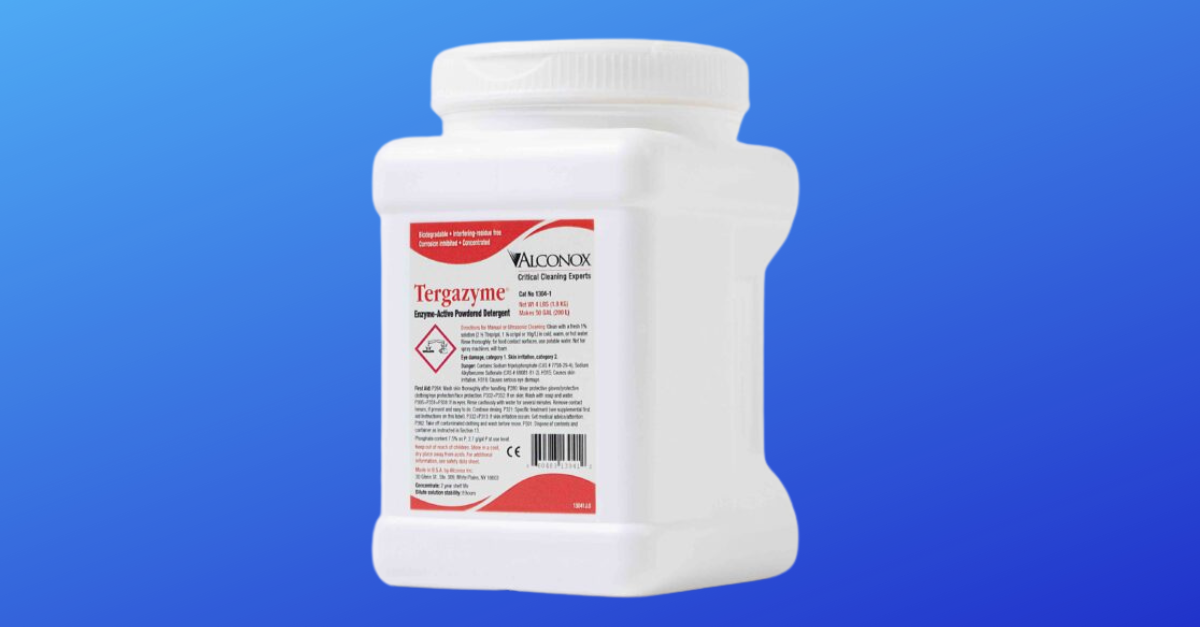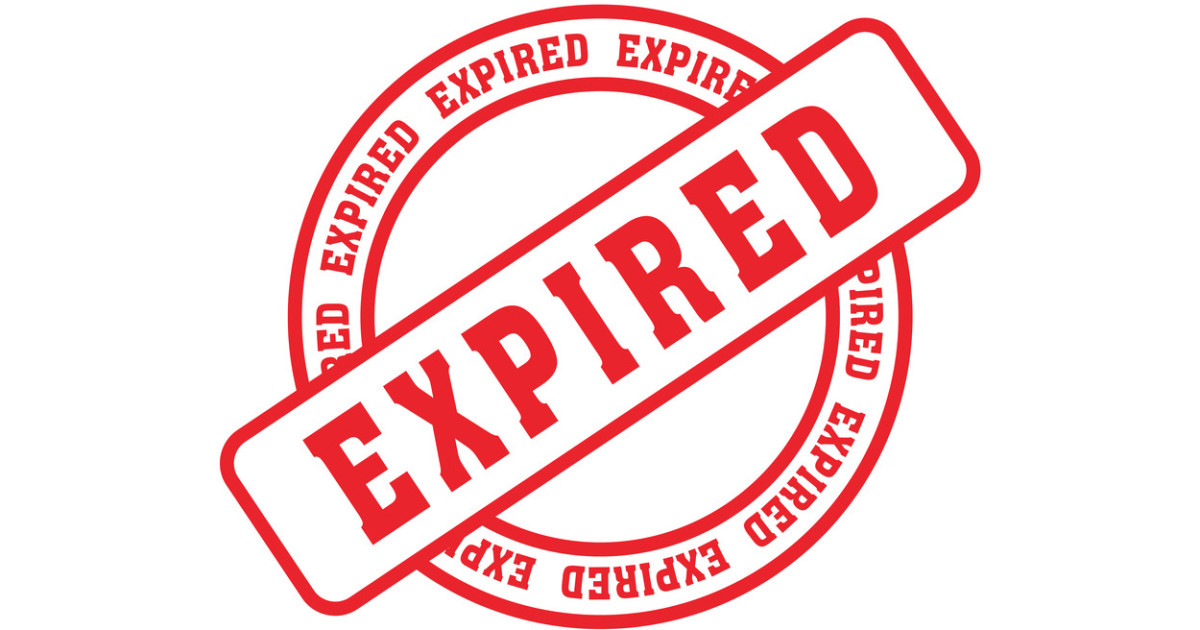
Q: How can I ensure there are no residues left behind in the artificial heart we manufacture?
A: Swabbing for detergent and manufacturing residues (machining oils, particulate, etc.) is a validation standby. If you cannot swab the interior of the artificial heart, then we recommend to do a final sampling rinse with high purity water, after you have completed all your cleaning rinses. Typical you do your sampling rinse with the smallest volume of water that will contact and extract from all surfaces. Using a small volume of sampling water gives you the highest limits of detection. You will want to do a recovery study, ideally soiling a clean heart with known amounts of traces of blood (or blood substitute) or other residues, and then sample by rinse sampling method to establish what percentage of the residues can be successfully detected by your sampling and measuring technique.
Tests run for evaluating cleanliness in an implantable medical device would include:
- TOC – Total Organic Carbon
- TBC – Total Plate Counts
- LAL – Endotoxin detection
Depending on your risk assessment, it could be very helpful to additionally run:
- ATP – test for living organisms
- Lowry test – to detect proteins (as well as enzymes from detergent, if used)
- HPLC for Citric Acid – will detect Liquinox detergent residues
- HPLC for EDTA – will detect Tergazyme detergent residues
The detergents used around the globe for medical device manufacturing are Liquinox® Critical Cleaning Liquid Detergent and Tergazyme® Enzyme-Active Powdered Detergent, the latter for removal of proteinaceous residues due to the protease enhancement. Note that TOC can be used to detect the maximum potential amount of either Liquinox (19% TOC w/w) or Tergazyme (11% TOC w/w) residues, by assuming all the TOC observed came from one detergent or the other.
We are happy to provide biocompatibility, HPLC methods, or how to use TOC to detect detergents, details on request. Or we can discuss your particular medical device manufacturing or reprocessing needs any time.
To request these or any Alconox Inc. detergent for free, please complete the questionnaire at Get Sample. For more information about any one of our Alconox Inc. detergents, consult the technical bulletin for each product. Or click here to access each of our detergent’s Safety Data Sheets.
Do you have a critical cleaning question for the experts at Alconox Inc.? Search TechNotes to see if it’s been answered before or Ask Alconox.



